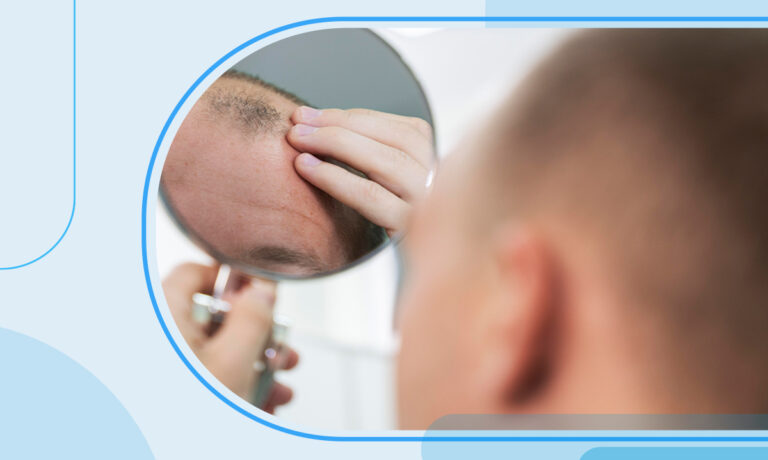FAQ : Useful Information
BURTOM HEALTH GROUP
- Burtom Hair Transplant Center
- Burtom Hair Transplant Center
- What You Should Know
FAQ : Useful Information
The 5 Most Important Things You Should Know About Hair Transplantation
Hair transplant surgery is more popular than ever today. In 2019, it is almost impossible to be accepted and not accepted about hair transplantation. So, is hair transplant surgery as easy and simple as social media posts and articles to make you believe? It may be, but the only fact that cannot be ignored is that hair transplantation is a real surgery.
As with any surgical procedure, it makes sense to do your research to find out your options, what the side effects might be, and whether you’re a good candidate to start with. The International Society of Hair Restoration Surgery (ISHRS) is the leading organization that trains and advances state-of-the-art hair transplantation worldwide and is an excellent source of information.
Useful Information
There is a lot to know when considering hair transplant surgery, but we will discuss the top five things you should know before having your own hair transplant.
Are your expectations realistic?
This is not usually one of the first things patients think of. They focus on what they see on their website and dream of having results as good as they see online. The truth is that there are limits to what can be achieved with surgical hair restoration, and it often depends on one cause, supply and demand. The concept of supply and demand in the context of surgical hair restoration is quite simple.
Patients have a limited supply of donor hair, which is non-renewable. This means that once transplanted into the lost area at the top of the scalp, the hair does not regenerate or regrow in the area from which it was originally taken. When we look at the balding scalp of many hair transplant patients, they have lost a number of hairs on the top of the scalp, exceeding the number of existing and growing hairs in the donor area.
This means that the surgeon performing the surgery must decide how to create the greatest cosmetic improvement with a limited amount of hair. It cannot replace every lost hair in a one-to-one ratio because there is not that amount of donor hair. Therefore, when you search through the various hair transplant galleries, you will not see patients with advanced hair loss regaining their full hair with youthful hairlines.
What about cases of mild hair loss, such as hairline retraction? Are there enough grafts to restore a full head of hair in these cases? Yes there is, but if the patient continues to lose more hair then the hair used to create a high density low hairline will not be available to create coverage in newly shed areas as the patient ages. Therefore, doctors with the appropriate training will avoid being too aggressive as there will always be a chance that more studies will be needed in the future. In such a situation, as a patient, you do not want to be in a position where there is no donor hair to slightly cover the balding scalp.
How long will it take you to return to work?
There is no single answer to this question as it depends on what you do for the job and what procedure you have. In general, the minimum time a patient should wait before returning to work is one week if the procedure is FUE, and two weeks if FUT (strip). FUT can be more physically invasive as a procedure, so it may take longer to heal. Because wound closure is performed during FUT, most clinics also require patients to wait one to two weeks for sutures or surgical staples to be removed.
However, there are other considerations to keep in mind. With FUT, you usually don’t need to shave your entire head. If you have had a FUE hair transplant, many clinics will request that your head be partially or completely shaved to perform the procedure properly. This is because it provides the surgeon with a clear field of view of the donor area for efficient and safe follicle harvesting. The receptive area can also be shaved for the same benefits of having a clear field of view. For FUT, it is only the immediate area of the strip excision that is usually shaved.
This allows the longer donor hairs above the excision to cover the stitches or staples used to close the wound and helps conceal the donor area for the first few weeks of healing. If your clinic doesn’t shave the recipient area for graft placement, you may be back to work in less than a week as there is no visual evidence of your surgery. However, if your clinic requires shaving of the recipient area, this may delay your return to work due to the inevitable hairstyling complications you will encounter. Whatever procedure you decide to have, consult your doctor about the recovery time and rest period you will experience.
What You Should Know
Frequently Asked Questions About Hair Transplantation: What You Should Know
Stem Cell Hair Transplant
Frequently Asked Questions About Hair Transplantation: Stem Cell Hair Transplantation
What You Should Know
Frequently Asked Questions About Hair Transplantation: Useful Information
Medical Tourism in Turkey
Frequently Asked Questions About Hair Transplantation: Frequently Asked Questions












